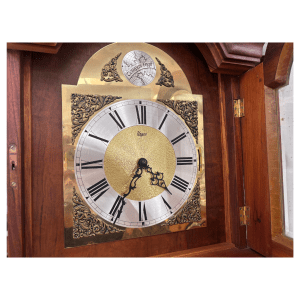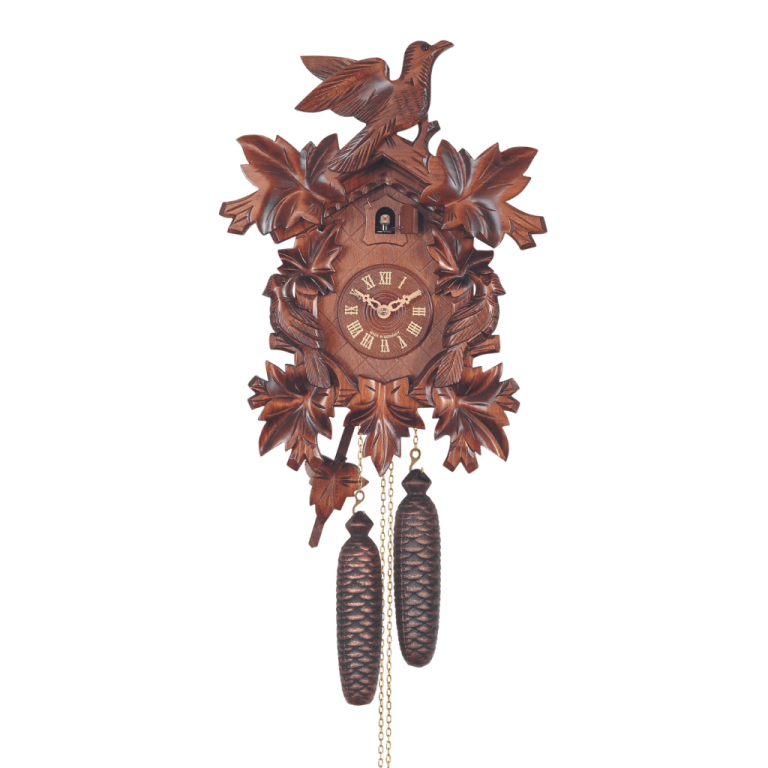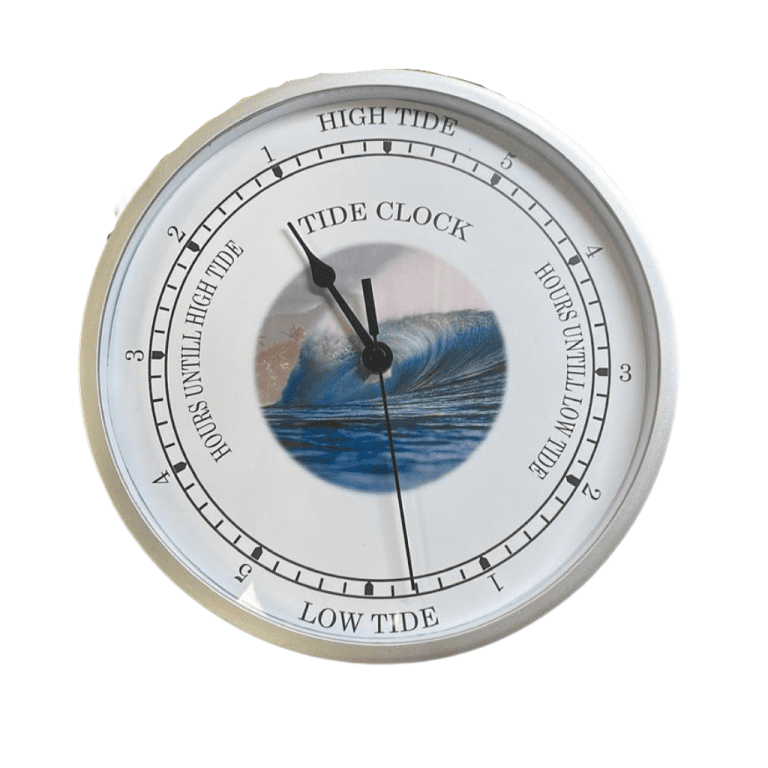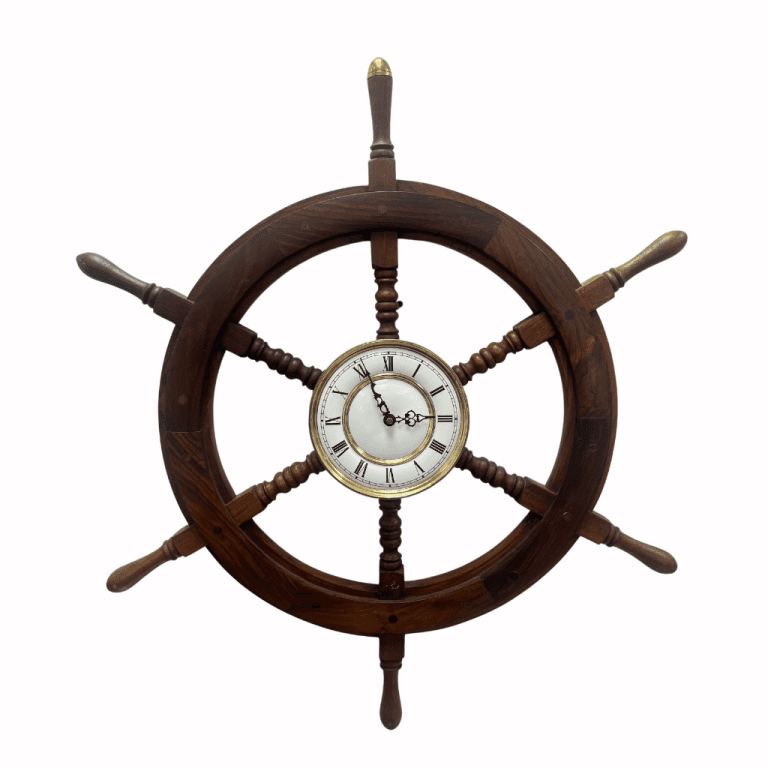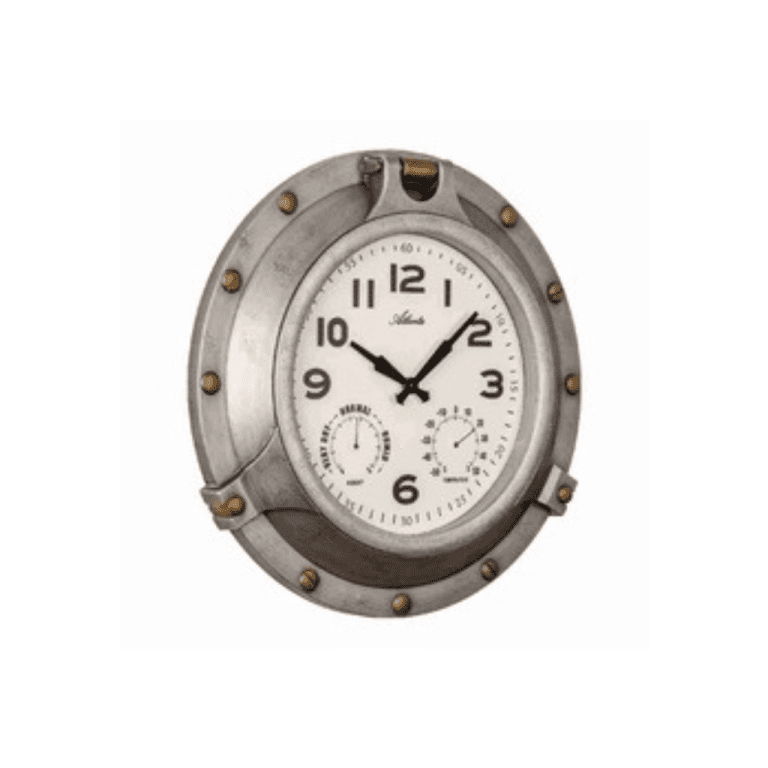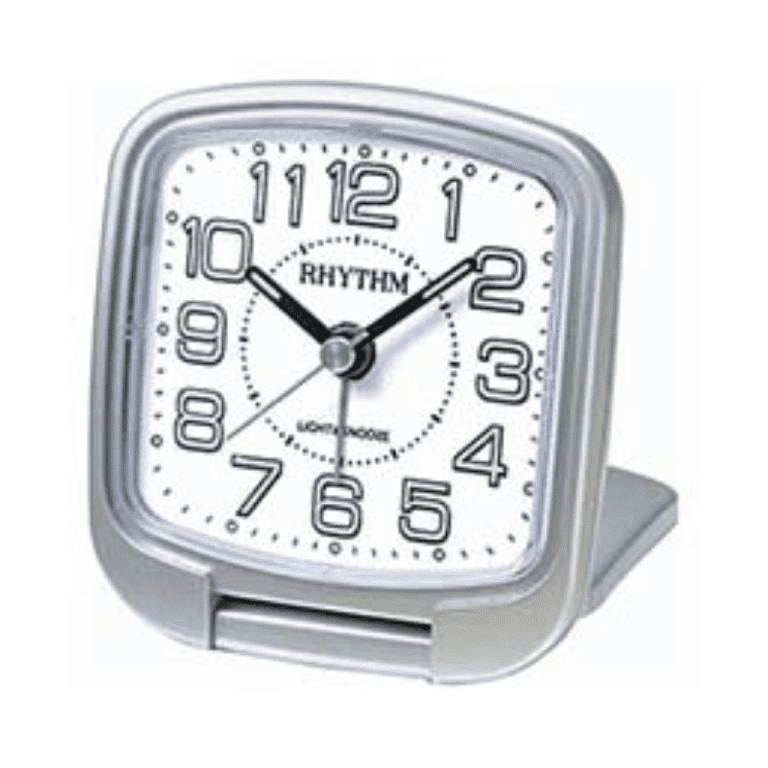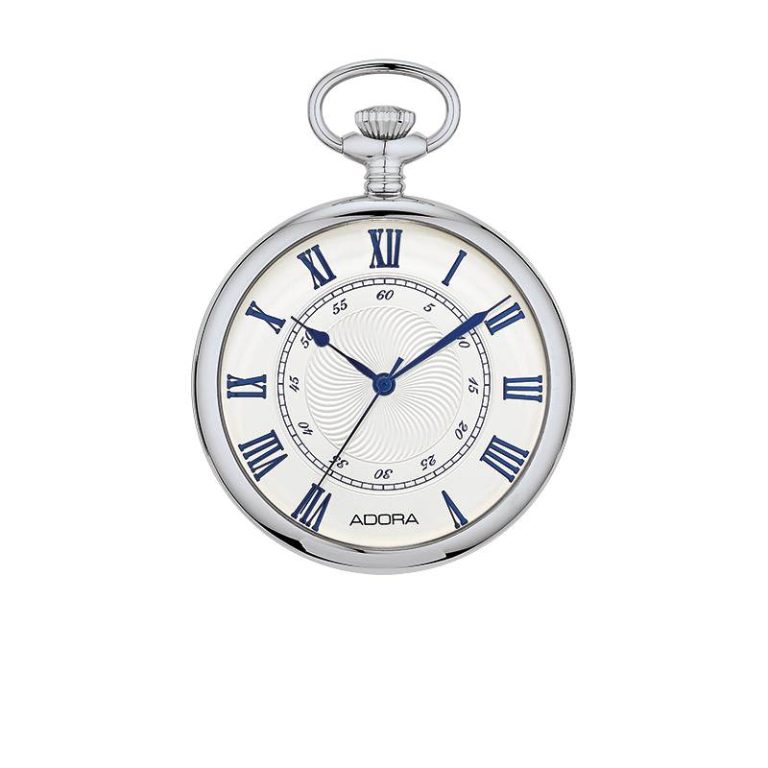The world of antique pocket watches is a rich and fascinating one, filled with intricate mechanisms and timeless craftsmanship. However, there is one element of these timepieces that often goes overlooked – the dial. While it may seem like a simple component, the dial of a pocket watch is a true work of art, requiring skilled craftsmanship and attention to detail. In this article, we will delve into the world of antique pocket watch dials, exploring the techniques and materials used to create these exquisite pieces. From the earliest dials made of porcelain to the more modern painted and enamel versions, we will take a closer look at the evolution of pocket watch dials and the dedication and skill that goes into their creation. Whether you are a collector or simply a lover of fine craftsmanship, join us as we uncover the hidden beauty and artistry behind these often overlooked but essential parts of antique pocket watches.
Uncovering the secrets of dials.
The intricate and mesmerizing artistry displayed on antique pocket watch dials is a testament to the skill and craftsmanship of the artisans who created them. Each dial tells a unique story, combining delicate hand-painted designs with meticulous attention to detail. From the choice of colors to the incorporation of intricate patterns and motifs, every dial is a work of art in its own right. Expert horologists and collectors alike are captivated by the secrets hidden within these dials – the techniques employed to achieve such precision, the materials used, and the stories behind their creation. Uncovering these secrets not only offers a deeper appreciation for the art and craftsmanship involved but also provides invaluable insights into the history and evolution of watchmaking.
The intricate process of hand-engraving.
Hand-engraving is a highly skilled and intricate process that adds a touch of elegance and artistry to antique pocket watch dials. Meticulously executed by master engravers, this technique involves using specialized tools to create intricate designs and patterns on the metal surface of the dial. With a steady hand and an eye for detail, engravers carefully etch and carve the metal, bringing to life exquisite motifs and embellishments. Each stroke of the engraver’s tool requires precision and patience, as they bring depth and texture to the dial, enhancing its overall aesthetic appeal. The process of hand-engraving not only showcases the artist’s technical expertise but also offers a glimpse into the rich tradition and heritage of watchmaking craftsmanship.
The beauty of enamel dials.
Enamel dials, with their lustrous and captivating beauty, are another testament to the artistry and craftsmanship behind exquisite antique pocket watch dials. Crafted by skilled artisans, the process of creating enamel dials involves delicately layering multiple coats of enamel onto a metal surface and firing them at high temperatures. This meticulous process results in a smooth and glossy finish that showcases vibrant colors and intricate designs. The depth and richness of the enamel, combined with the skillful application and blending of colors, create a mesmerizing effect that adds depth and character to the dial. The beauty of enamel dials lies not only in their aesthetic appeal but also in the time and skill required to master this intricate technique, making them highly sought after by collectors and connoisseurs of horological art.
Mastering the art of guilloché.
The art of guilloché is a time-honored technique that adds a level of sophistication and elegance to antique pocket watch dials. This intricate craftsmanship involves the meticulous engraving of intricate patterns onto the metal surface using a specialized machine called a rose engine. By carefully adjusting the machine’s settings and skillfully maneuvering the piece, master artisans can create mesmerizing patterns such as waves, spirals, and intricate geometrical designs. The result is a dial that exudes a sense of timeless beauty, with the interplay of light and shadow enhancing its depth and allure. Mastering the art of guilloché requires not only technical precision but also a keen sense of aesthetics and an unwavering dedication to perfection. The artistry and craftsmanship behind guilloché work showcase the skill and expertise of the artisans who bring these
The evolution of dial designs.
Over the course of history, the design of pocket watch dials has evolved significantly, reflecting the changing tastes, trends, and advancements in craftsmanship. In the early days, pocket watch dials were often simple and utilitarian, with emphasis placed on legibility. However, as time went on, watchmakers began to appreciate the artistic potential of dials, leading to the introduction of various decorative elements. From hand-painted enamel dials depicting intricate scenes to the incorporation of precious gemstones and ornate engravings, each era brought its own unique style and flair to pocket watch dials. As technology progressed, dial designs became more intricate and refined, with the introduction of enameled guilloché dials, featuring delicate patterns created through combination of engraving and enameling techniques. These designs not only served as a testament to the skill and artistry of the craftsmen but also added a touch of individuality and exclusivity to each timepiece. Today, the evolution of dial designs continues, with contemporary watchmakers pushing the boundaries of creativity and innovation, combining traditional techniques with modern materials and aesthetics to create remarkable works of horological art.
Preserving historical watch dials.
Preserving the integrity and beauty of historical watch dials is a meticulous and delicate process that requires a deep understanding and appreciation for the craftsmanship of the past. The goal is not only to maintain the original aesthetic appeal of these exquisite antique pocket watch dials, but also to ensure their longevity for future generations to admire and appreciate. This intricate art of preservation involves careful cleaning to remove any dirt or grime without causing damage, as well as meticulous restoration to address any signs of wear or aging. Techniques such as dial re-enameling or re-lacquering may be employed to revive faded colors or protect delicate designs. Preservation specialists also use their expertise to match the original dial style and materials, ensuring a seamless restoration that remains true to the watch’s historical significance. By preserving these remarkable pieces of art and craftsmanship, we can continue to celebrate the timeless beauty and rich history behind each antique pocket watch dial.
The significance of dial signatures.
The signature on a pocket watch dial holds significant importance in the world of horology. It serves as a mark of authenticity and craftsmanship, providing valuable insights into the watch’s origin, manufacturer, and historical context. These signatures, often delicately engraved or printed on the dial, not only add aesthetic appeal but also act as a testament to the skill and artistry of the watchmaker. They can indicate the era in which the watch was produced, showcase unique design elements, and even provide clues about the watch’s provenance. The presence of a dial signature can greatly enhance the value and desirability of an antique pocket watch, making it a sought-after piece for collectors and enthusiasts alike. Additionally, dial signatures contribute to the overall allure and story of these exquisite timepieces, connecting us to the rich heritage and craftsmanship of the past.
Marie Antoinette Pocket watch
Exploring rare gemstone dials.
Rare gemstone dials are a fascinating aspect of the world of antique pocket watches. These exquisite dials showcase the exceptional beauty and rarity of precious gemstones, elevating the timepiece to a true work of art. The craftsmanship involved in integrating these rare gemstones into the dial is a testament to the skill and expertise of the watchmaker. Whether it’s a vibrant emerald, a shimmering sapphire, or a captivating ruby, each gemstone offers a unique character and charm to the pocket watch. Beyond their aesthetic appeal, these gemstone dials often hold historical significance and can provide valuable insights into the origin and provenance of the timepiece. Exploring the world of rare gemstone dials opens up a realm of discovery and appreciation for the intricate artistry and craftsmanship involved in creating these exceptional antique pocket watches.
The craftsmanship behind skeleton dials.
Skeleton dials are another remarkable aspect of antique pocket watches that truly exemplify the artistry and craftsmanship involved in their creation. These dials, also known as openwork dials, feature intricate cut-outs or windows that expose the inner workings of the watch, revealing the mesmerizing dance of gears, springs, and oscillating balances. The meticulous craftsmanship required to create skeleton dials is unparalleled, as it involves carefully removing excess material from the dial while maintaining its structural integrity. Each cut-out is precisely executed, allowing for a harmonious balance between functionality and aesthetic appeal. The intricate patterns and designs found on skeleton dials demonstrate the watchmaker’s dexterity and attention to detail, transforming a timekeeping instrument into a work of art. This level of craftsmanship not only showcases the technical expertise of the watchmaker but also provides a captivating glimpse into the complex mechanics that lie beneath the surface of an antique pocket watch.
SILVER CHAMPLEVE DIAL CALENDAR Circa 1710
Uniqueness of hand-painted dials.
Hand-painted dials on antique pocket watches possess a unique charm that sets them apart from other dial styles. The artistry and craftsmanship involved in creating these dials is truly remarkable. Each hand-painted dial is a one-of-a-kind masterpiece, meticulously crafted by skilled artisans. These dials often feature intricate designs, such as floral patterns, landscapes, or even miniature portraits, which are delicately painted using fine brushes and vibrant pigments. The level of detail and precision achieved through hand-painting is unparalleled, resulting in a dial that is not only functional but also a testament to the artist’s skill and creativity. The uniqueness of hand-painted dials adds a touch of individuality and character to each antique pocket watch, elevating it from a timekeeping instrument to a wearable work of art.
In conclusion, antique pocket watch dials are not just functional pieces, but true works of art. The attention to detail, the skillful craftsmanship, and the use of delicate materials make each dial a unique and valuable piece of history. From hand-painted enamel designs to intricate guilloché patterns, these dials showcase the talent and dedication of the artists and watchmakers who created them. As we continue to embrace modern technology, let us not forget the beauty and significance of these timeless treasures.
FAQ
What techniques were commonly used to create intricate designs on antique pocket watch dials?
Enamel painting, guilloché engraving, and engine turning were commonly used techniques to create intricate designs on antique pocket watch dials. These methods involved intricate handcrafting processes such as painting detailed designs on enamel, engraving intricate patterns on the dials, and creating geometric designs using engine-turning machines to achieve visually stunning and highly detailed watch dials. The combination of these techniques allowed watchmakers to create unique and elaborate designs that added to the aesthetic appeal of the timepieces.
How did the craftsmanship of antique pocket watch dials reflect the artistic styles of the time period in which they were made?
The craftsmanship of antique pocket watch dials often reflected the artistic styles of the time period through intricate designs, engravings, and use of materials such as enamel and precious metals. For example, during the Victorian era, dials were often adorned with elaborate floral motifs and ornate details to reflect the era’s fascination with romanticism and sentimentality. In the Art Deco period, dials were characterized by bold geometric patterns and streamlined designs to mirror the era’s modern and industrial influences. Overall, antique pocket watch dials served as miniature canvases that showcased the artistic trends and aesthetics of their respective time periods.
What materials were typically used in the creation of antique pocket watch dials, and how did they contribute to the overall aesthetic of the timepiece?
Antique pocket watch dials were commonly made from materials such as enamel, porcelain, and metal. Enamel dials were popular for their vibrant colors and intricate designs, adding a touch of elegance to the timepiece. Porcelain dials provided a crisp white background for easy readability and often featured detailed artwork. Metal dials, particularly those made of gold or silver, added a luxurious and ornate element to the watch. Each material contributed to the overall aesthetic of the timepiece by enhancing its beauty, durability, and uniqueness.
How did advancements in technology and manufacturing processes impact the art and craftsmanship of antique pocket watch dials over time?
Advancements in technology and manufacturing processes such as precision engineering and mass production led to more intricate designs, detailed engravings, and improved accuracy in antique pocket watch dials. This allowed for greater creativity and innovation in dial production, resulting in a wider variety of styles, materials, and finishes. However, some traditional handcrafted techniques were gradually replaced by machine-made processes, impacting the artistry and uniqueness of these dials. Overall, technology and manufacturing advancements transformed antique pocket watch dials, both enhancing their quality and design possibilities while also altering the traditional craftsmanship associated with them.
What are some notable examples of antique pocket watch dials that are considered particularly exquisite or masterful in their design and execution?
Some notable examples of antique pocket watch dials that are considered particularly exquisite include the Patek Philippe Henry Graves Supercomplication, which features intricate complications and stunning design, and the Breguet Marie-Antoinette Grande Complication, known for its intricate craftsmanship and historical significance. These dials showcase exceptional artistry, precision, and attention to detail, making them prized possessions among collectors and horology enthusiasts worldwide.
Credited to: https://watchmuseum.org/



